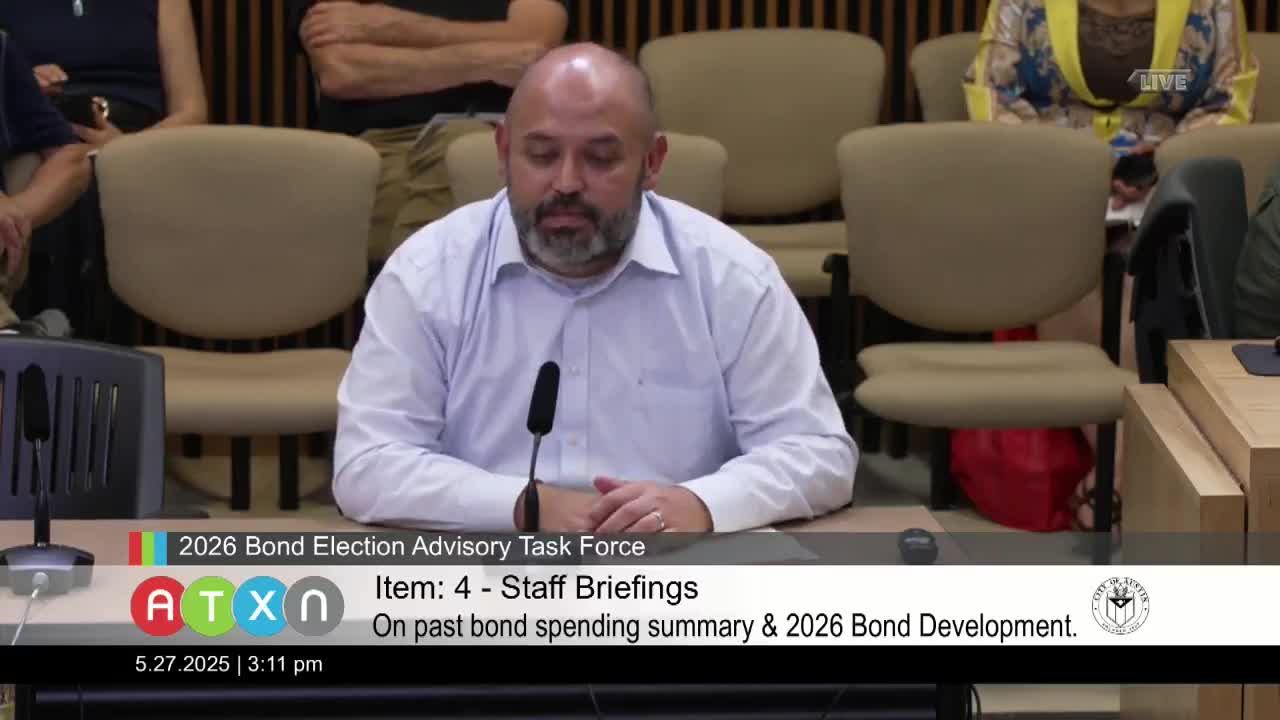Austin Fleet Mobility Services plans expansion to meet future vehicle demands
May 27, 2025 | Austin, Travis County, Texas
Thanks to Scribe from Workplace AI , all articles about Texas are free for you to enjoy throughout 2025!

This article was created by AI using a video recording of the meeting. It summarizes the key points discussed, but for full details and context, please refer to the video of the full meeting. Link to Full Meeting
Assistant Director Rick Harland emphasized the importance of bond investments to enhance operational excellence and sustainability. Currently managing around 7,800 pieces of equipment, Fleet Mobility Services processes over 47,000 repair orders annually and distributes approximately 5 million gallons of fuel each year. However, the existing service centers are outdated and overcrowded, leading to operational inefficiencies and safety concerns.
To address these challenges, Fleet Mobility Services is planning to build new service centers strategically located to better serve the city's needs. The proposed sites will also include electric vehicle (EV) charging infrastructure, aligning with the city's climate equity plan, which aims for 40% of vehicle miles traveled to be from battery electric vehicles by 2030. Harland noted that while the transition to EVs is underway, the department is currently piloting programs with heavy-duty vehicles, such as refuse trucks and police pursuit vehicles, to assess their performance and viability.
The meeting also highlighted the need for collaboration with Travis County to potentially co-locate services, which could enhance efficiency and resource sharing. As the city continues to evolve, the focus remains on building a scalable and sustainable fleet that meets the demands of public safety and utility services while reducing carbon emissions.
The discussions underscored the critical role of infrastructure investment in supporting Austin's operational needs and environmental goals, setting the stage for a more efficient and eco-friendly fleet in the years to come.
Converted from Austin - 2026 Bond Election Advisory Task Force - May 27, 2025 meeting on May 27, 2025
Link to Full Meeting
Comments
View full meeting
This article is based on a recent meeting—watch the full video and explore the complete transcript for deeper insights into the discussion.
View full meeting